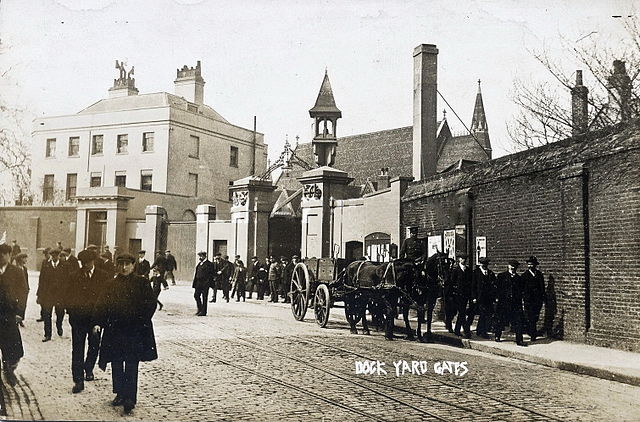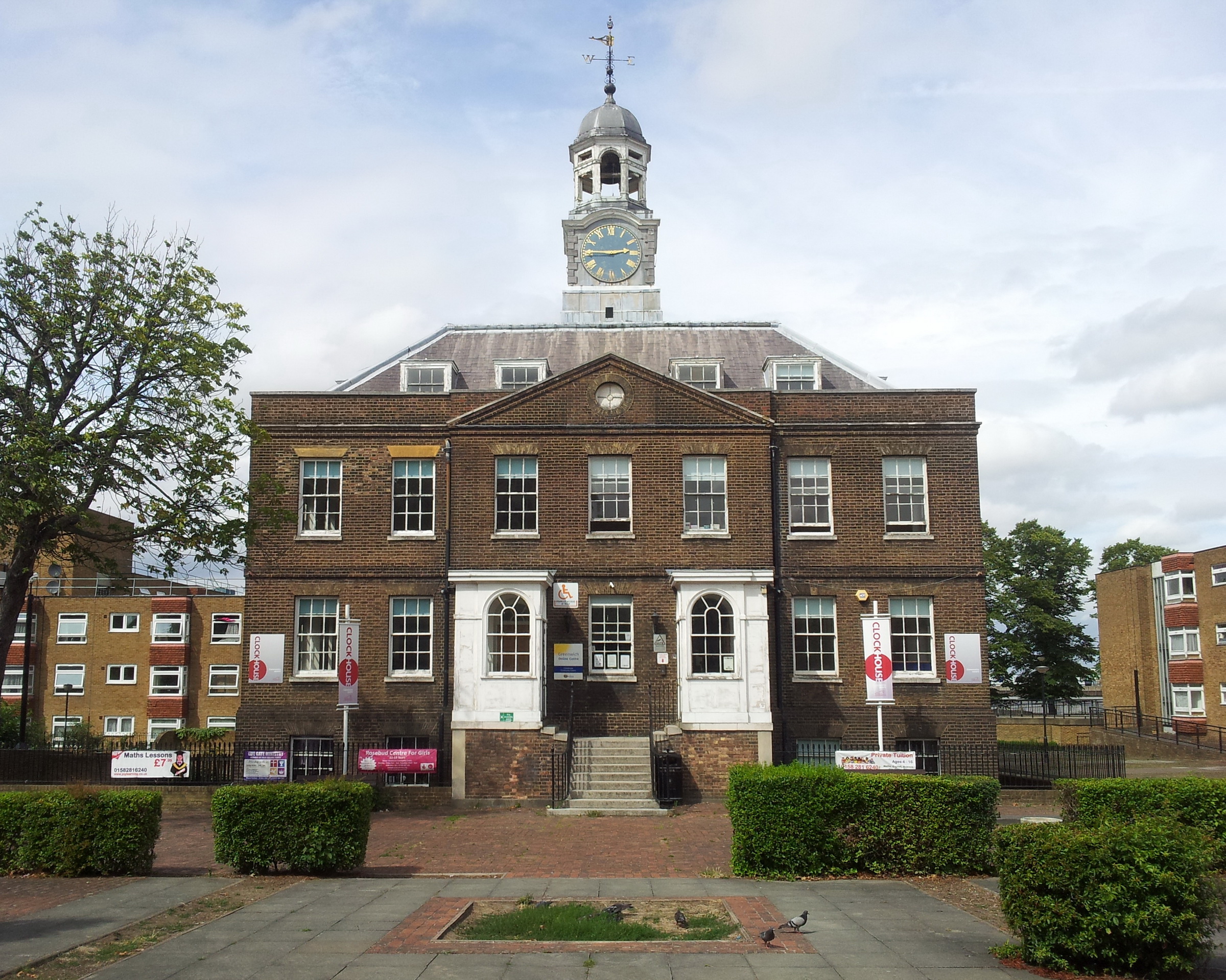The Army Pay Services on the Eve of the Great War
Prior to the commencement of World War One there were some twenty-seven army pay offices (APOs) throughout the United Kingdom and Ireland. These APOs were responsible for the maintenance of pay and allowances of soldiers of the Regular Army and its Reserve, the Territorial Force and Special Reserve. The APOs were also responsible for the administration and payment of military pensions. The total of these elements that constituted the British Army was about 200,000.
Command Pay Offices (CPOs) were located in home commands and their role was different from that of army pay offices: it included being responsible for the audit of accounts, pay sheets and expense claims, and the authorising and payment of civilian contractors' bills for work incurred by military units within their command. The Command Pay Office London District also fulfilled an APO role, being responsible for the accounts of the Brigade of Guards and Territorial Force establishments within the London County Council area.
The strength of the Army Pay Services in 1914 was 1,070 comprising all ranks (all male) made up of 180 paymasters commissioned into the APD and 890 warrant officers and non-commissioned officers (NCOs) of the Army Pay Corps (APC). The salaries of commissioned officers of the Army were administered through civilian army agents. Command Pay Offices acted as a link between the army agent and the War Office Finance Branch.
The structure of army pay offices was based on fixed centre pay offices, each being responsible for a number of corps and regiments in the British Army. If the soldier moved to a new establishment or was mobilised for war, the respective APO remained within its static location in the United Kingdom. This system was known as the 'Dover' system, so named because a pilot scheme had been conducted at the experimental Army Pay Office at Dover (responsible for the accounts of the Royal Garrison Artillery) between 1904 and 1905. The Dover system remained the structure of army pay offices until the last decade of the 20th century. Most pre-1914 APOs were small, having no more than thirty military staff comprising of APD officers and APC warrant officers, NCOs and soldiers. The pre August 1914 Army Pay Services establishment in the UK also employed civilian male clerks, a number being retired members of the APC. The Army Pay Services also employed civilian boy writers for clerical duties in their UK establishments.
Woolwich Dockyard Main gate, c. 1900

By 1914 APO Woolwich was the largest army pay office, having a military staff of ninety, and was responsible for the administration of 60,000 personal accounts. It was located at Woolwich Dockyard, which had been transferred from the Admiralty to the War Office in 1875. The Woolwich Army Pay Office was responsible for the accounts of soldiers serving with the Army Service Corps (ASC); the Army Ordnance Corps (AOC); the Army Veterinary Corps (AVC), and the APC, as well as the accounts of the Royal Horse Artillery (RHA) and the Royal Field Artillery (RFA). The ASC was the largest logistical corps in the Army, and the RHA and RFA were the largest regiments. Other military units also located at Woolwich Dockyard included the Record Office of the ASC and the AOC, together with an Ordnance Depot. The Ordnance Depot had a major bearing on the origins of the women volunteers at APO Woolwich. Record offices were also relatively small and their role was to maintain the personal records of soldiers in terms of career advancement that included promotions / demotions, skill and trade qualifications that resulted in pay increases or decreases. The record office was the authorising agent to notify the pay office of such changes in rates of pay. Other duties included the maintenance and updating of personal records for soldiers, and posting and transfer of soldiers. Another duty of the record offices included the maintenance of both establishment strengths of units and until August 1914 of the
regimental marriage establishment. The suspension of the married establishment was the backdrop behind the origins of The Boy-Girls of 1914 at APO Woolwich, particularly during the first hectic weeks of August and September 1914.
Clock House (Dockyard offices, 1783-4), the earliest surviving building on the Woolwich Dockyard site.

By Kleon3 - Own work, CC BY-SA 4.0,
[Top]